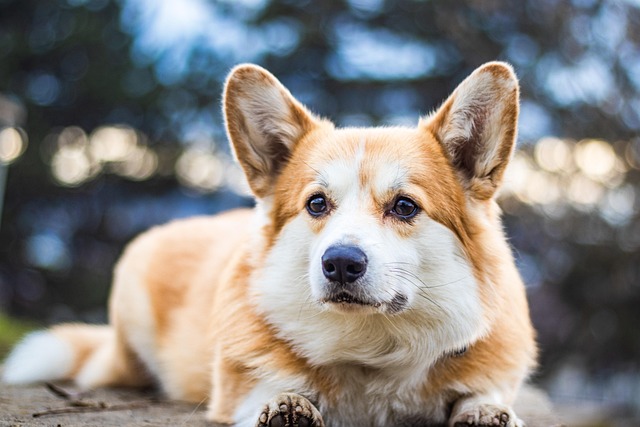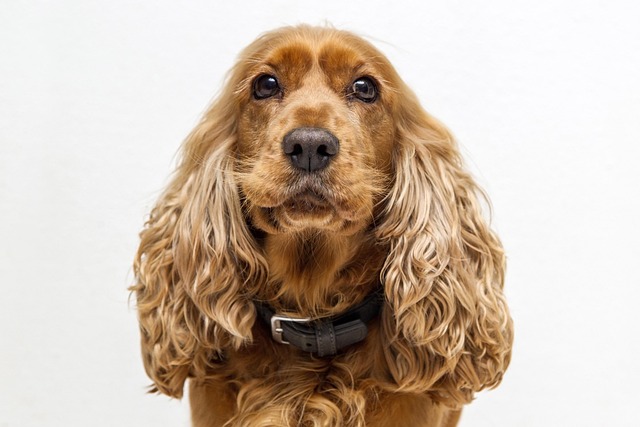You've brought home that wiggly bundle of fur, leash in one hand, a shiny new clicker in the other, buzzing with visions of perfectly executed "sits" and "stays." It's tempting, isn't it? To dive straight into teaching commands, eager to shape your adorable pup into the well-mannered companion you envision. Many American dog owners hit the ground running this way, armed with treat pouches and determination. But often, frustration quickly follows. The puppy ignores the "come," the adolescent dog pulls relentlessly on walks, and that "down" command seems to vanish into thin air. Sound familiar? That mounting sense of "Why isn't this working?" usually stems from skipping the single most crucial element: building trust with your dog.
Think about it. Would you readily follow complex instructions from someone you barely knew, someone whose intentions felt unclear or, worse, unpredictable? Probably not. Your dog feels the same. Jumping directly into obedience drills, especially discipline-heavy approaches, without a foundation of mutual trust and understanding is like trying to build a house on shifting sand. The structure might look okay briefly, but it lacks resilience. A startled noise, a tempting squirrel, or simply a bad day can make it crumble. Effective dog training isn't about dominance; it's about partnership. And every strong partnership, whether human or canine, is built on a bedrock of trust. This trust transforms training from a chore into a conversation, a joyful collaboration where your dog *wants* to engage with you.
Recognizing this gap is key. American dog owners often face unique pressures – busy schedules, the desire for quick results fostered by viral training videos, or simply the overwhelming cuteness of a puppy clouding judgment. We rush. We might misinterpret a dog's confusion as stubbornness, their fear as defiance. We overlook subtle signs of stress – the lip lick, the whale eye, the tucked tail – because we're focused on the end goal, not the process. Overlooking this foundational step of trust-building leads directly to setbacks: dogs that shut down, become anxious, or develop avoidance behaviors. That initial excitement sours into discouragement, sometimes even leading owners to question their ability or, heartbreakingly, consider rehoming. The missing piece wasn't a fancier treat or a firmer voice; it was the relationship itself.
So, what *is* the actual first step to train a dog? It's consciously choosing to build that essential trust. This isn't passive; it's an active, daily practice. Start with predictable routines. Dogs thrive on knowing what comes next – consistent feeding times, regular potty breaks, reliable walk schedules. This predictability creates a sense of safety. Then, focus on positive interactions that *aren't* about commands. Simply sit on the floor and let your dog approach you. Offer gentle pets if they seek contact, respecting their space if they don't. Hand-feed some meals; this powerful act associates your presence directly with good things. Pay intense attention to your dog's body language. Learn what a relaxed body looks like versus a tense one. Notice when they lean into your touch and when they subtly shift away. This attentiveness shows you respect their communication, telling them, "I see you, I hear you."
Building trust naturally flows into establishing clear communication. This is where "dog training communication tips" become vital, but remember, it starts *before* formal commands. Your dog is constantly reading you. Use calm, deliberate body language. Avoid looming over them; instead, get down to their level for friendly interactions. Your tone of voice is paramount – high-pitched and happy for encouragement, calm and steady for reassurance, avoiding harsh tones that shatter trust. Patience isn't just a virtue; it's the currency of communication. If your dog doesn't understand, it's not defiance; it's a signal to slow down, break the step into smaller pieces, or reassess your clarity. Reward *effort* and engagement, not just perfection. A simple glance in your direction when you say their name deserves celebration! This consistent, positive feedback loop builds understanding far faster than corrections ever could.
Investing this time and energy in trust and communication isn't delaying "real" training; it's setting the stage for profound, lasting success. When your dog trusts you implicitly and understands you're a reliable source of good things and clear information, everything else becomes easier. Introducing basic commands like "sit" or "come" transforms. Your dog isn't obeying out of fear or confusion; they're willingly participating in this new game you play together because they *want* to connect with you. Discipline, when needed later for safety or boundaries, is understood within the context of a secure relationship, not perceived as a threat. Challenges that derail less connected pairs – distractions, new environments, adolescence – become manageable hurdles you navigate together. That initial "first step to train a dog," focusing on trust and communication, isn't just the beginning; it's the fertile ground from which a lifetime of mutual understanding, joy, and successful training naturally grows. Start there, nurture that connection, and watch everything else fall beautifully into place.





